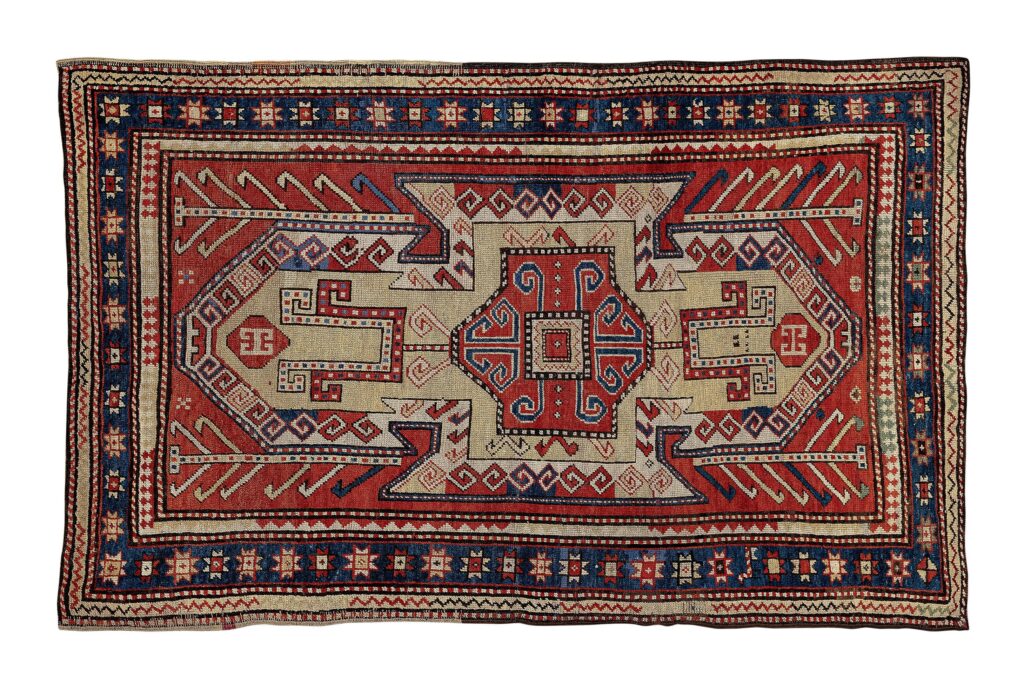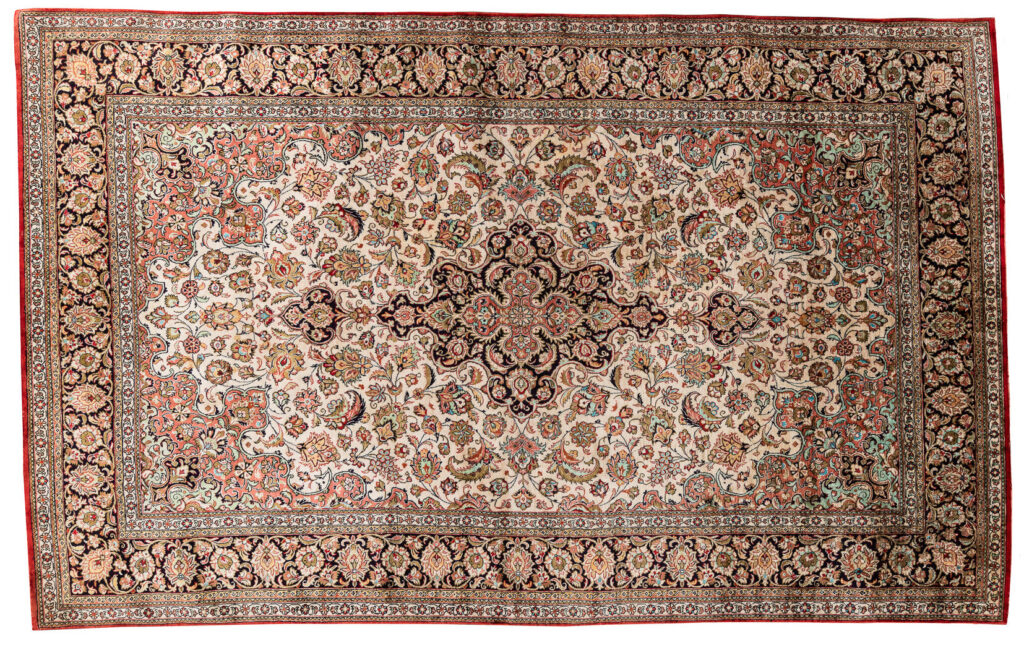Revitalizing Your Space with Antique Rugs
An antique rug can revolutionize an interior, amplifying its dimensions or infusing it with warmth and uniqueness. Exceptional pieces, handwoven and naturally dyed before the commercial proliferation of Persian rugs in the Second Golden Era (pre-1900), surpass the quality of today’s mass-produced counterparts. Opting for an antique rug is a sustainable and savvy approach to interior design. It breathes new life into a masterfully crafted artifact and constitutes an investment that retains its value and endures across generations. Selecting an antique oriental rug involves careful consideration of various factors, including color, design, material, and age. Here are some tips for integrating antique oriental rugs into modern settings.
Color plays a pivotal role
Bold hues in antique rugs can invigorate a room and enhance your mood. Historically, red symbolizes energy, strength, motivation, and confidence, while yellow embodies health, positivity, and upliftment. Green fosters harmony and balance, and blue imparts calm, peace, depth, truth, and self-expression. While lighter shades have been favored by contemporary interior designers in recent decades, darker tones are making a comeback. Geometric-patterned rugs inject energy into a space and harmonize with contemporary and post-impressionist art. If your room already features prominent elements, such as striking wallpaper, aim to complement them to achieve a cohesive look.
Caucasian rugs, exemplified by the Sewan Kazak, invigorate neutral spaces with their primary solid colors and bold geometric patterns. Typically woven in villages and sold locally, these rugs were crafted indoors from the weavers’ memories, resulting in unique pieces. The artisans, often adept dyers, used natural dyes that retain their vibrant saturation and balanced color application. The red background of this rug, for instance, was dyed using the rubia tinctorium plant, or madder, native to the Mediterranean. Natural dyes, more stable and nuanced than today’s synthetics, resist fading.
The use of local flora for dyes also provides a geographical signature to the rug’s hue. For instance, the terracotta red hues of northwestern Persia contrast starkly with the southern plains’ wine-colored tones.
A rug with a dark backdrop enhances intimate spaces such as offices or libraries. A piece from the Turkmen nomads, featuring a warm, dark red field, harmonizes with dark and wooden furnishings. Its superior fabric quality contributes to a welcoming and cozy ambiance in these warm, comfortable areas.
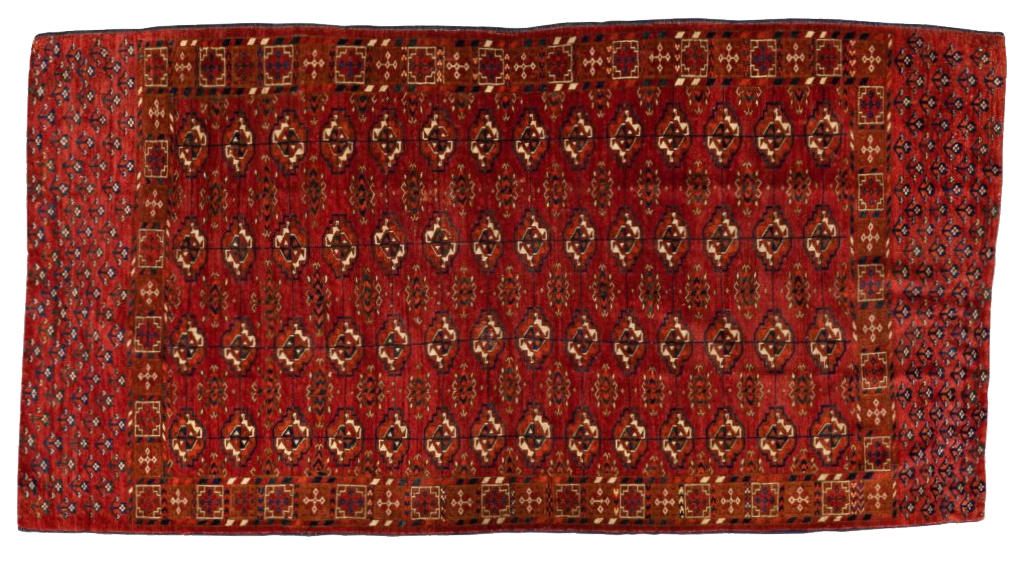
Conversely, rugs with milder colors blend seamlessly in well-lit rooms. These lighter hues adapt to diverse stylistic spaces. Tones such as sand and ivory can evoke a tranquil and cozy ambiance, as exemplified by the Kashan rug. The experience of treading on a luxurious silk rug offers an opulent start and end to the day.
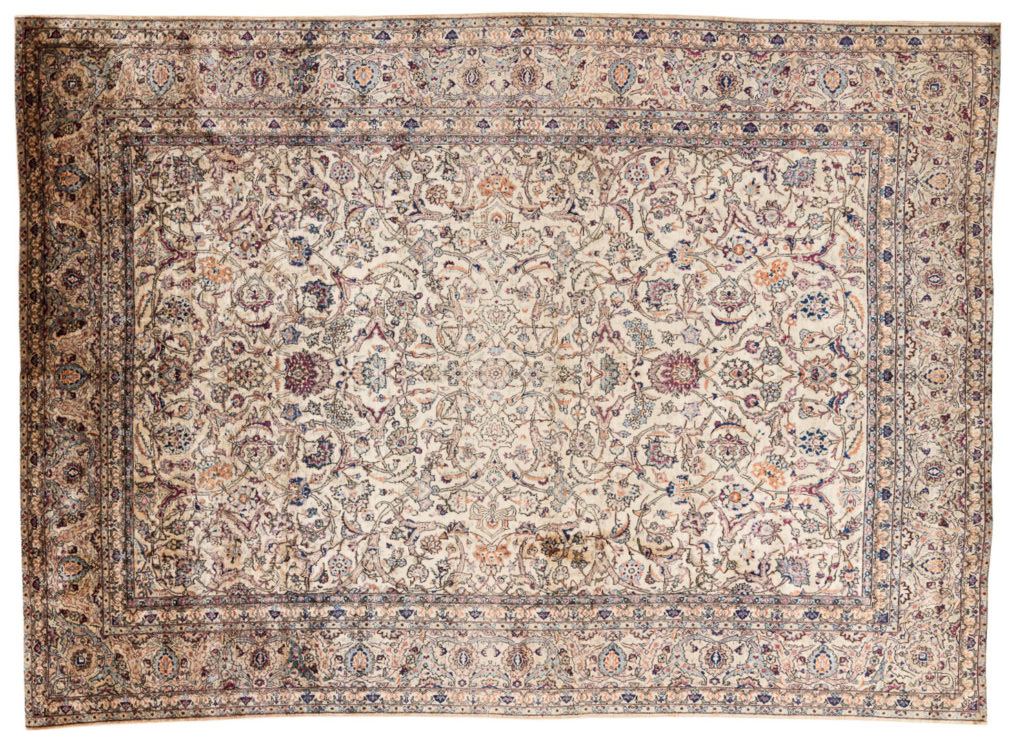
Design Transcending Decoration
When purchasing an antique rug, seek pieces with balanced, evenly distributed, and harmonious designs. These should convey dynamism, spatial depth, and clarity. Comprehending the origins and significance of a rug’s design enhances its appeal, offering intriguing insights into its historical context.
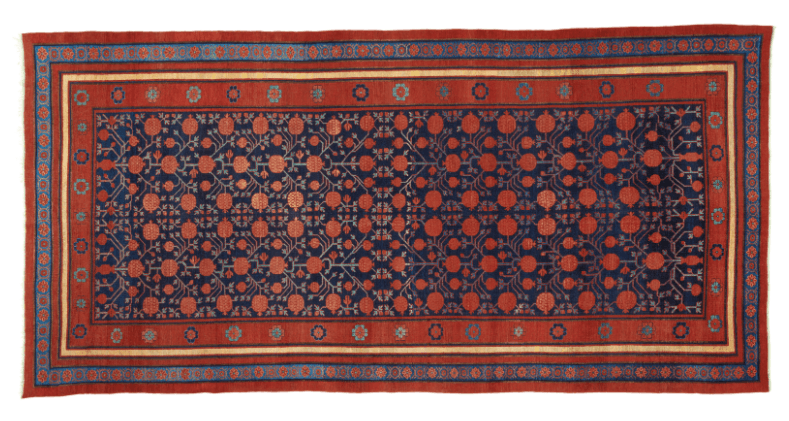
Yarkand, 1870
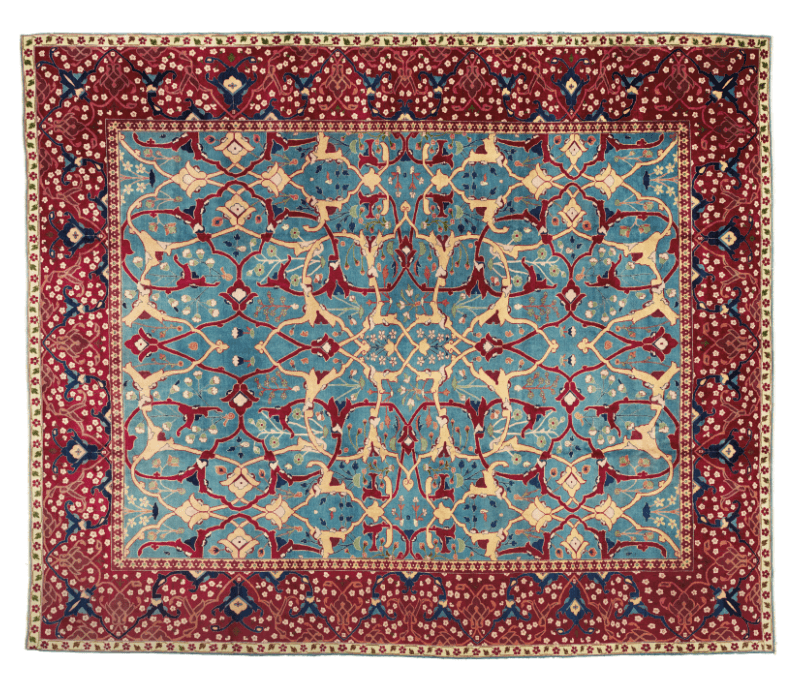
Tabriz Petag, 1930
This PETAG rug, crafted by the German company Persische Teppiche A.G. in their Tabriz workshop, replicates one of the most exquisite ‘Vase’ design Kerman rugs of the Safavid era, now housed in the Museum of Applied Arts in Vienna. The finest designs endure the test of time. Despite being nearly a century old, this rug retains its fresh appearance, attesting to the exceptional quality of the wool used by the PETAG workshop.
A large, well-balanced rug can elegantly enhance spaces like dining rooms. Rugs with recurring motifs suit more casual areas. Furniture arrangement may be simpler around a rug with an all-over design than one with a central medallion. Primarily, seek a rug where the central area is framed by a proportionate border, particularly if you intend to position furniture at the rug’s center.
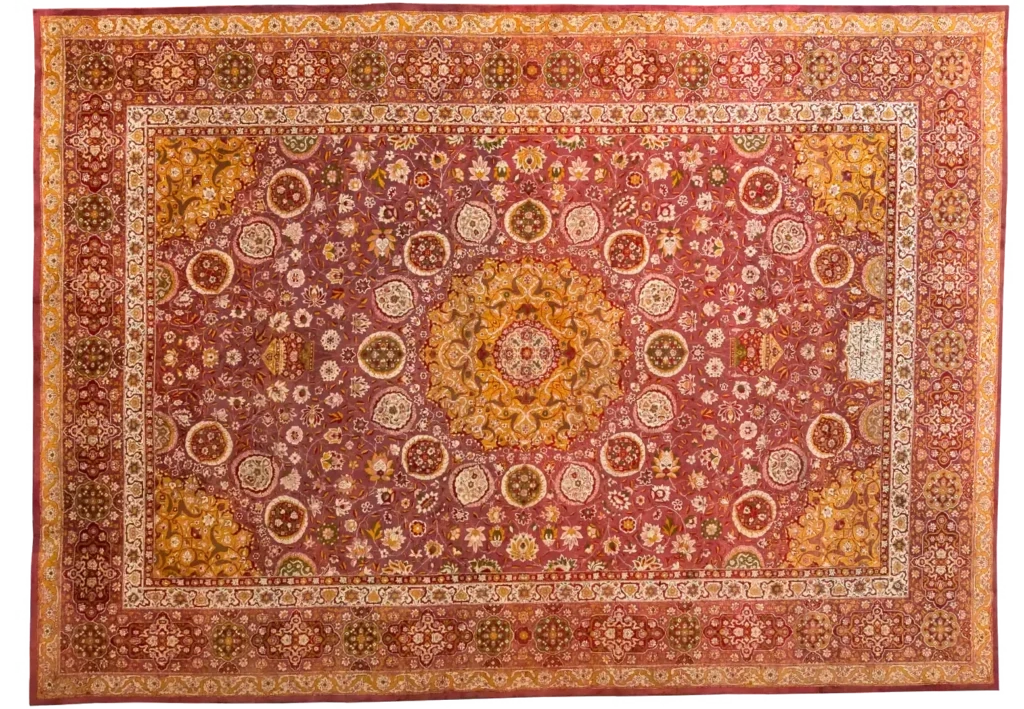
Rugs with recurring motifs suit more casual areas. Furniture arrangement may be simpler around a rug with an all-over design than one with a central medallion. Primarily, seek a rug where the central area is framed by a proportionate border, particularly if you intend to position furniture at the rug’s center.
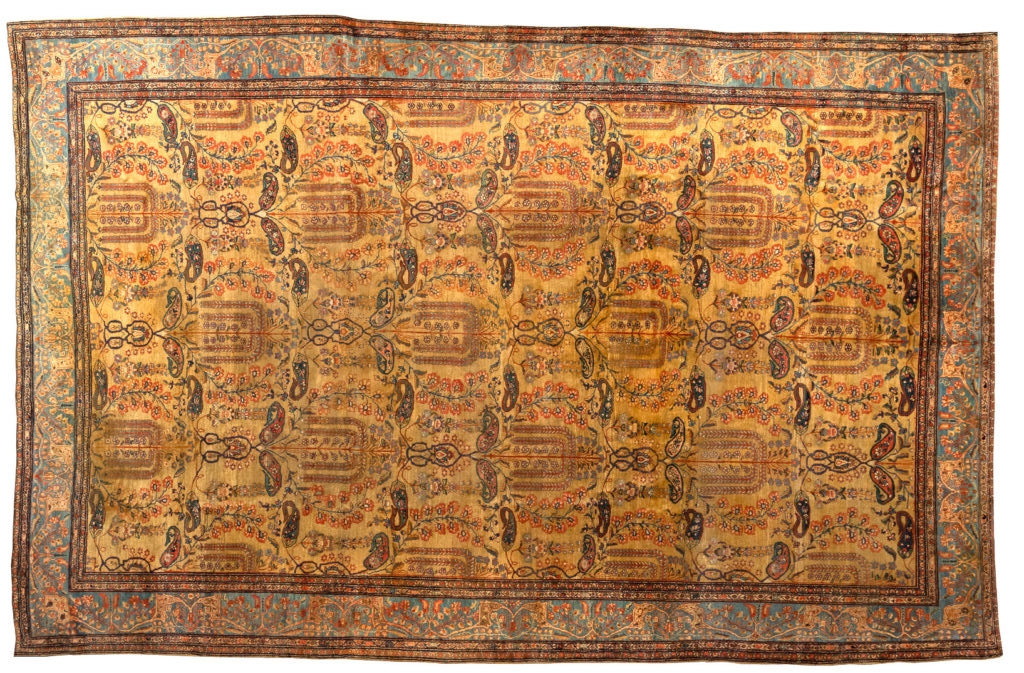
Consider the Texture
Bidjar rugs, typically large and robust, are ideal for high-traffic areas or spaces with frequently moved furniture, such as dining rooms. Constructed with wool warp, weft, and pile, Bidjars offer exceptional durability. Conversely, finer rugs, more susceptible to wear and tear, are better suited for quieter spaces, like bedrooms.
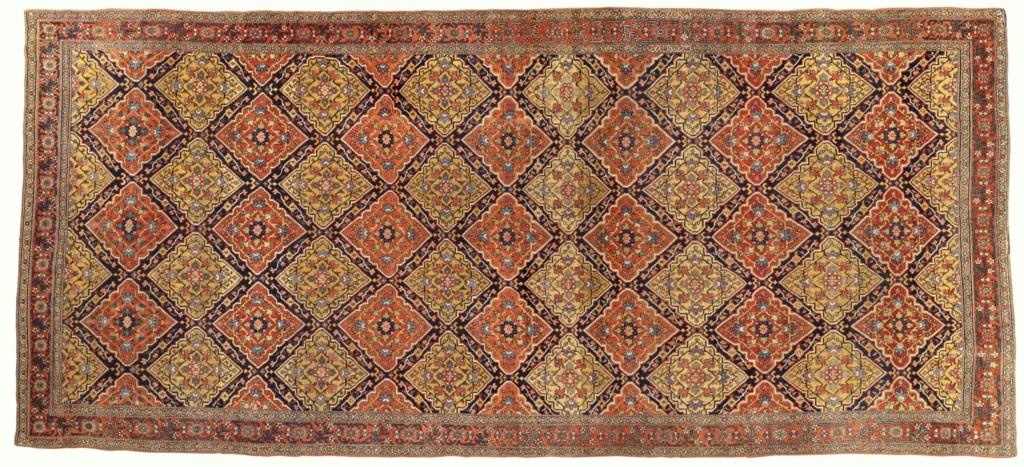
Conversely, finer rugs, more susceptible to wear and tear, are better suited for quieter spaces, like bedrooms.
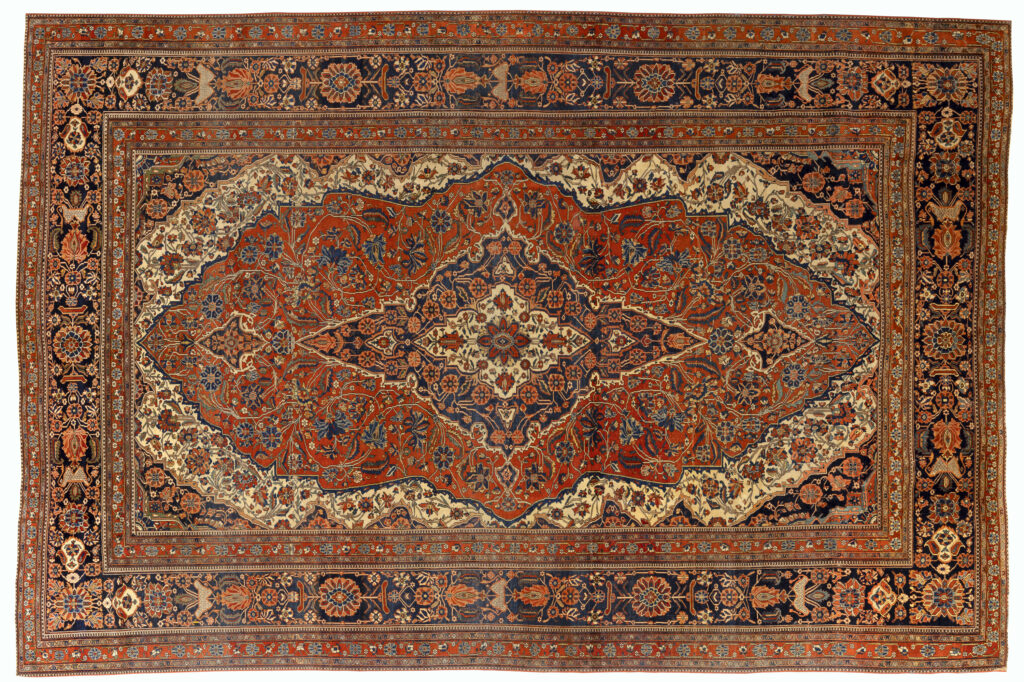
The Silk Ghom rug, adorned with a variety of vibrant flowers and plants, showcases unique aqua-green hues. Silk rugs exhibit color tone variations based on the viewer’s relative position, a characteristic sought by rug art connoisseurs as an indication of natural dye usage. It’s important to note that while silk rugs possess a higher sheen, they are more delicate and moisture-sensitive than their wool counterparts. Inadequate drying after wetting can lead to a brittle base and potential cracking, necessitating careful handling.

Figalli Oriental Rugs
We do not sell rugs. We bring rare works of art to your home in the form of rugs.
Our services
You are Protected
Copyright © 2023 Figalli Oriental Rugs, All rights reserved. Desenvolvido por Agência DLB – Agência de Marketing Digital em Porto Alegre

